Bordeaux 2017 | Impressions From A Challenged Vintage
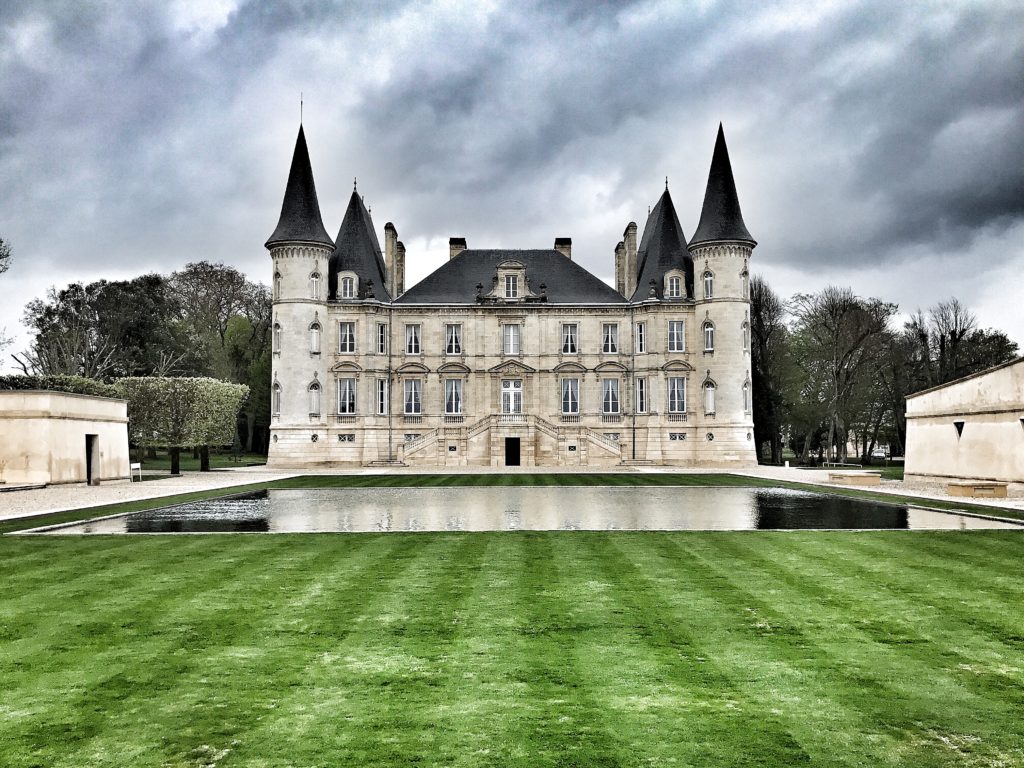 While my affinity for the wines from picturesque Northern California has been well-documented, it was actually Bordeaux that first stirred the soul of the budding oenophile within me. I devoured the pages of books like Noble Rot and Billionaires Vinegar, which shed a glimmer of light on this prominent yet mysterious region that’s been cloaked in tradition for hundreds of years.
While my affinity for the wines from picturesque Northern California has been well-documented, it was actually Bordeaux that first stirred the soul of the budding oenophile within me. I devoured the pages of books like Noble Rot and Billionaires Vinegar, which shed a glimmer of light on this prominent yet mysterious region that’s been cloaked in tradition for hundreds of years.
Despite being a geographic challenge for a young wine lover, it was one of the first wine regions I visited. When my spouse and I took the opportunity to tour Europe, Bordeaux was an absolute must – and our short stay there, consisting of just a few days, was one of the highlights of our trip.
We explored the unexpectedly cosmopolitan city center and booked a tour which afforded us visits to Château Lynch-Bages, Château Ferrière and a stellar lunch at Château Camensac, paired with beautiful, mature wines from their cellar. I quickly realized we should have budgeted more time, but the visit still managed to cement my appreciation for Bordeaux’s compelling, age-worthy wines.
And so after ten long years, I write this having just returned from attending en primeur in Bordeaux as the recipient of the Millésima Wine Reporting Award for 2018. I am deeply grateful to Millesima for the nomination, and to my incredible readers who rallied behind it in support of me. It was incredible to get back to this region that I love so much, and I want to share some impressions from the challenging 2017 vintage.
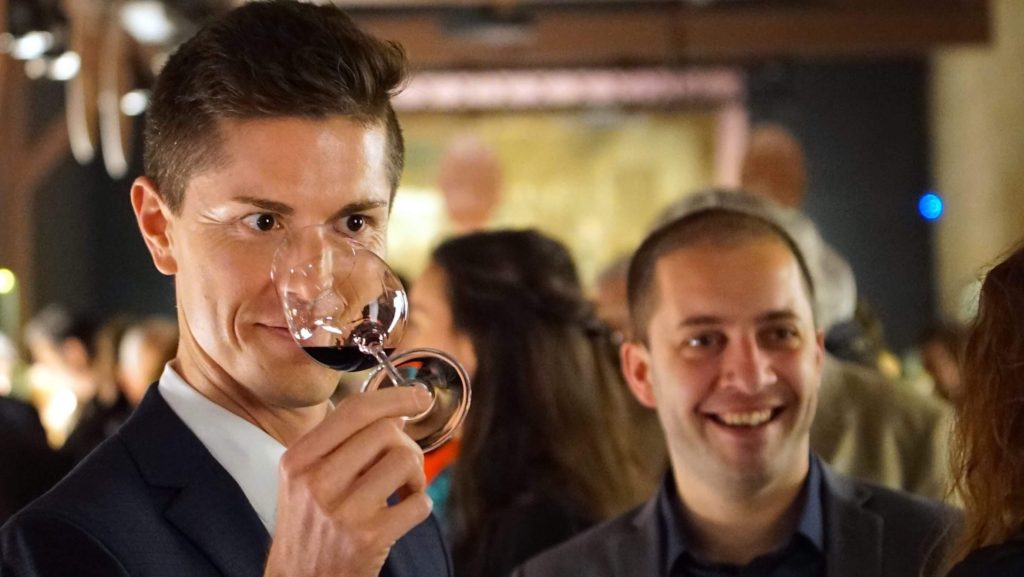
Tasting through Marguax at Chateau Siran | Photo Credit: Frederic Lot
What is En Primeur?
To simplify what can be a somewhat confusing system, producers in Bordeaux generally do not sell direct to consumer or to distributors – but rather to négociants, or merchants on what is referred to as the ‘Place de Bordeaux’. This term refers to the system of buying and selling that has existed in Bordeaux for centuries.
Every year, the latest vintage is previewed before it’s even technically finished or released during en primeur week. This is a critically important week when critics, merchants and everybody who is anybody in the wine world descends upon Bordeaux to evaluate the success of the vintage. After this week, prices are set based on the perceived quality of the vintage and merchants, or négociants, make contracts to purchase wine on futures.
The producers do not have the space to cellar and store their wines nor have they established the infrastructure and distribution channels which the négociant provide, typically in exchange for a 20% to 30% discount in price.
Historically speaking, négociants played an even more powerful role, leveraging their buying power to purchase wines from a plethora of smaller growers rather inexpensively before they were bottled, transporting them by boat and aging them in their underground cellars along the Gironde River in the city of Bordeaux.
Before growers began forming cooperatives to gain pricing power, the négociants were able to control prices and in some cases became wealthy enough to buy their own château. Today, most château bottle their own wines but négociants still play a pivotal role in the process of buying and selling, as well as purchasing wine from growers for their own private labels.
Courtiers, or brokers, also continue to play a role by serving as intermediaries between producers and négociants, typically collecting a 2% commission for facilitating a transaction.
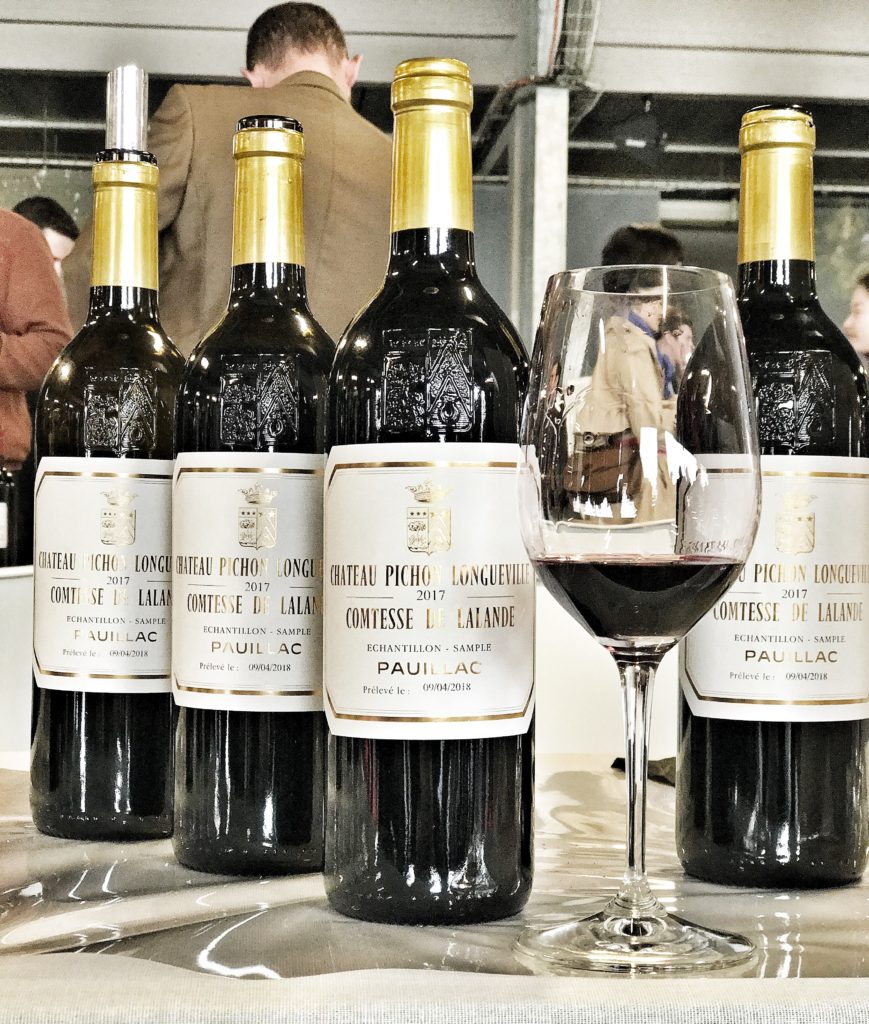
The Bordeaux 2017 Vintage – The Year of the Frost
Following the quietly very successful 2016 vintage is one riddled with challenges. An unusual cold snap in April affected not just Bordeaux, but wine producing regions throughout France such as the Loire, Alsace and Chablis to name a few.
Overall, France’s crop in 2017 is the lowest on record since 1945. The main culprit is frost, which occurred when vines are at their most vulnerable state: during bud break. As a result, yields were significantly impacted throughout Bordeaux, with some producers losing their entire crop. Others saw little to no impact, but overall yields for the 2017 vintage are down 50% compared to the 2016 vintage.
Frost damage was scattered, with minimal impact in parts of the Médoc (Pauillac, Saint-Estèphe and Saint-Julien) while losses were more severe on the Right Bank, with some producers in Saint-Émilion losing their entire crop; with vineyards at higher elevation faring best.
The good news? Much of the resulting fruit was of very good quality, though after our week of tasting over a hundred wines from producers throughout the region, I would describe the 2017 vintage as an inconsistent one.
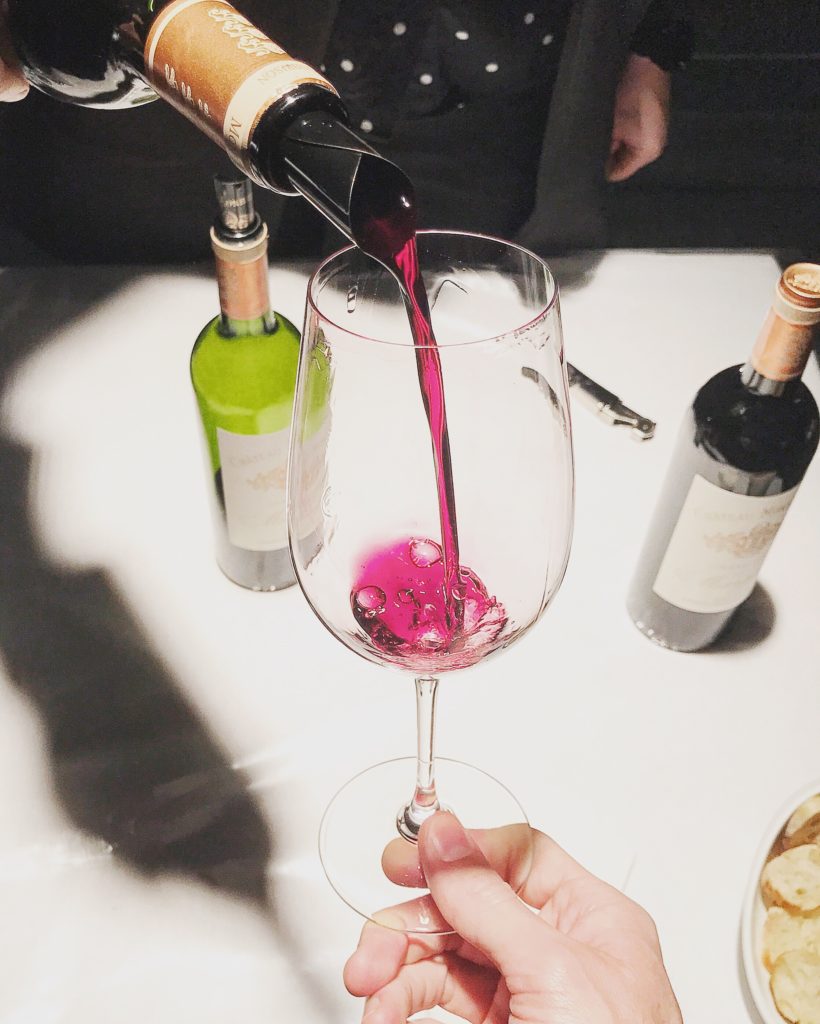
Conclusions and Recommendations | Bordeaux 2017
Throughout our tastings, the start contrasts quickly became clear. There was no shortage of thin, green wines with coarse textures. But all is certainly not lost, as the better efforts were quite promising, and will reward consumers with what is a more approachable, drinkable wine while their 2010’s (or 2016’s) develop in the cellar.
Though I tasted less examples from Pomerol, it was generally stronger than many examples from Saint-Émilion, where many of the wines were jammy and sweetly fruited. From the admittedly small sample I was able to taste from Saint-Estèphe, none were of a level of quality that I felt comfortable recommending.
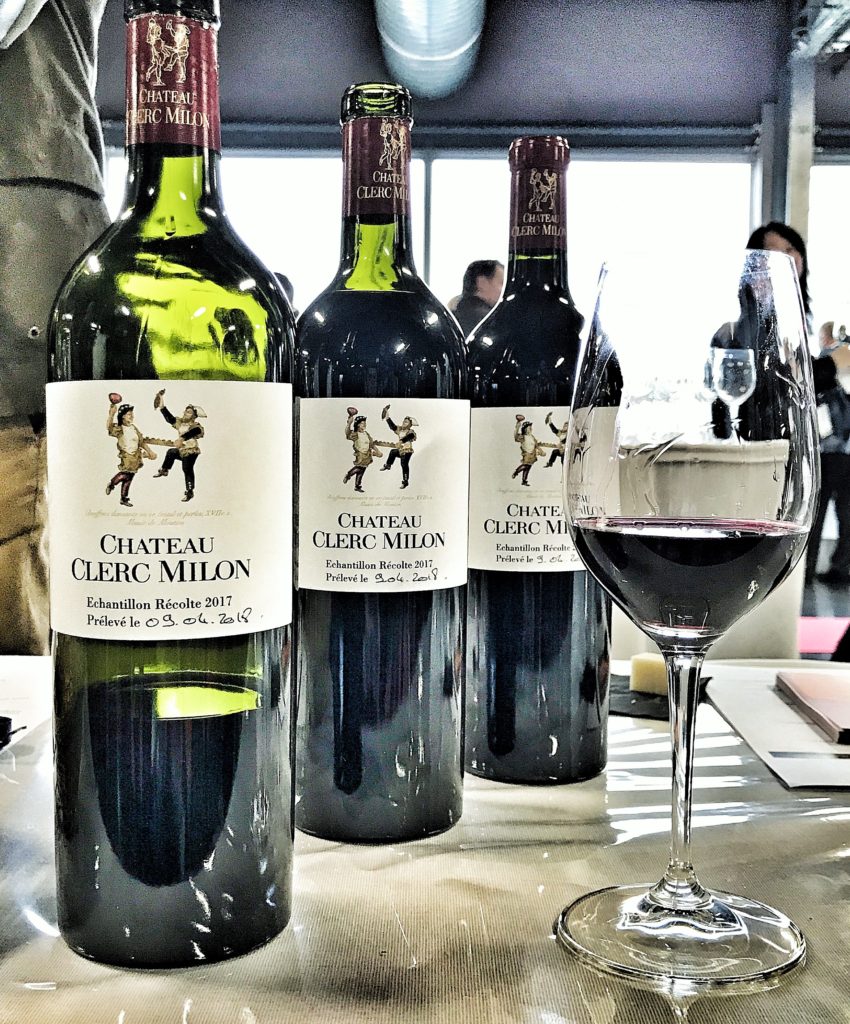
Pauillac, Margaux, Saint-Julien and Pessac–Léognan were the strongest appellations overall, yielding compelling examples that may offer consumers a welcome price advantage over those from more acclaimed vintages.
The 2017 vintage is one where quality varies significantly from house to house for red wines, but was a rather successful year overall for white wines. My goal at the tastings was to identify the most complete wines with the best potential, rather than to take tasting notes on wines that are in an incredibly primary state and are not yet technically finished. With that being said, I recommend selecting efforts from the following producers:
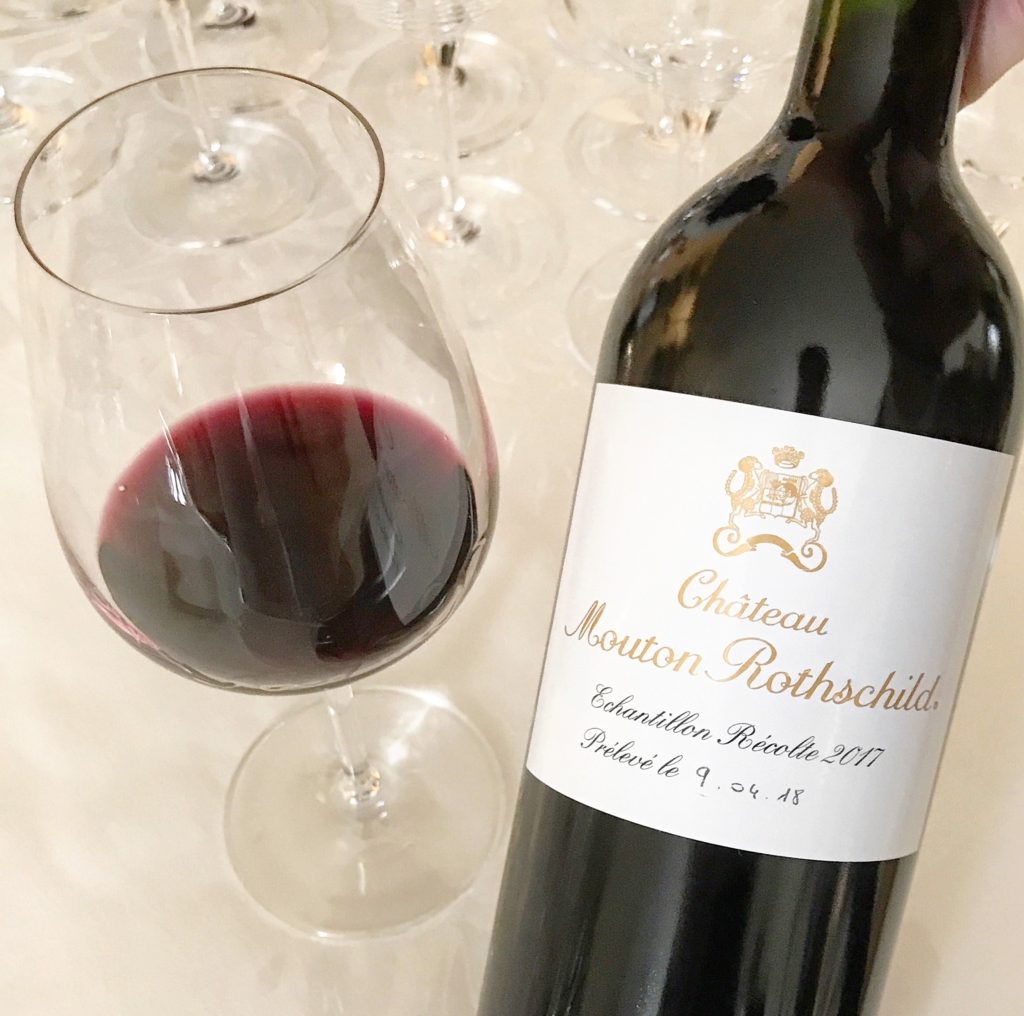
Pauillac
- Château Lynch-Bages
- Château Clerc Milon
- Château Pichon Baron
- Château Pichon Longueville Comtesse de Lalande
- Château Mouton Rothschild Le Petit de Mouton Rotshchild
- Château Mouton Rothschild
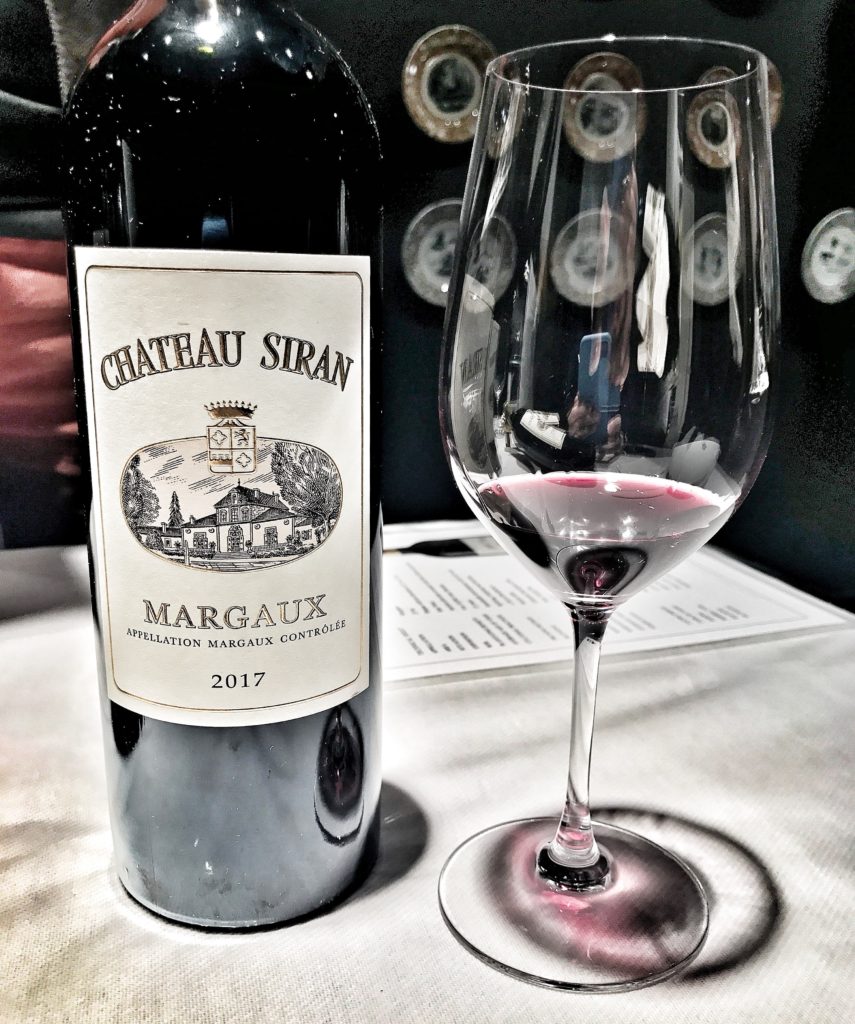
Margaux
- Château Malescot St. Exupéry
- Château Lascombes
- Château Siran
- Château Rauzan-Ségla
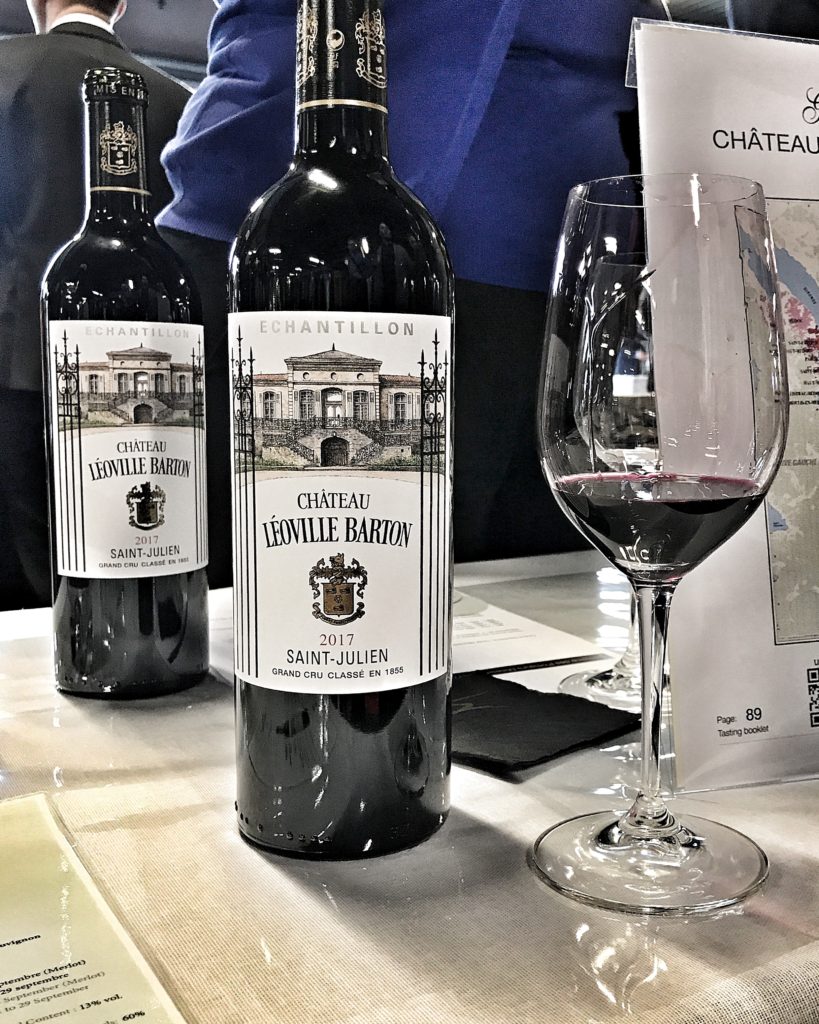
Saint-Julien
- Château Léoville Barton
- Château Langoa Barton
Pessac-Léognan
- Domaine de Chevalier
- Château de France
- Château Olivier
- Château Pape Clément
- Château Carbonnieux ( a fine value)
- Château Smith Haut Lafitte
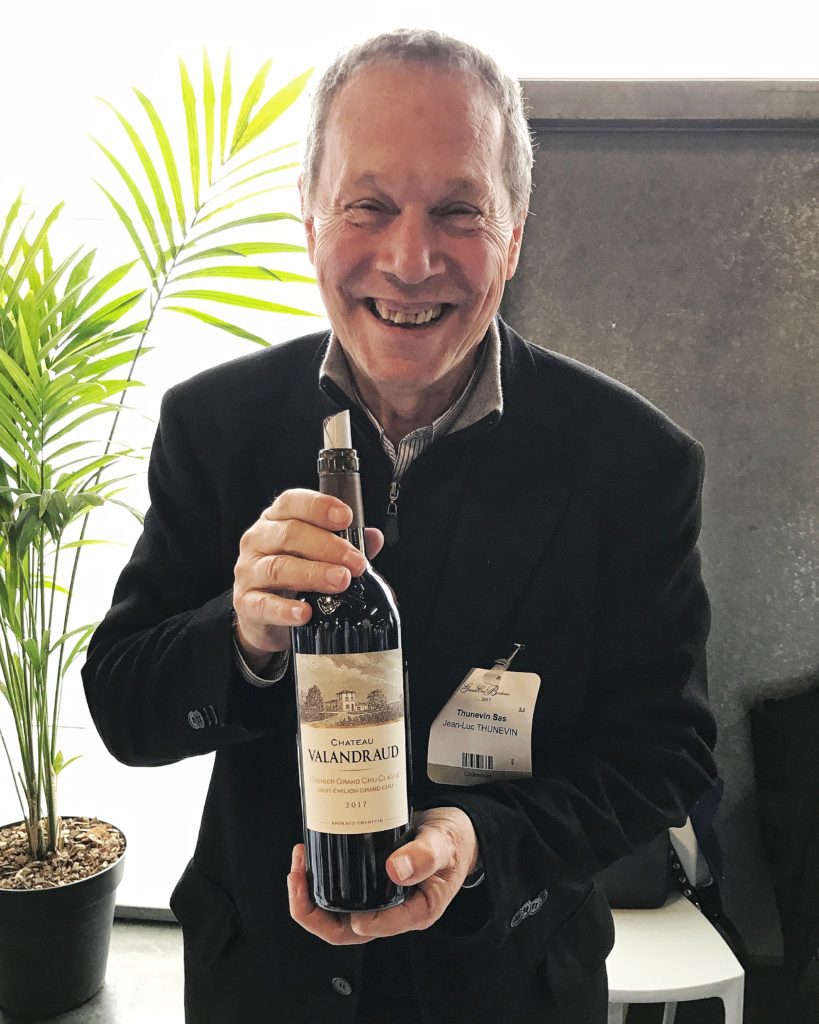
Pioneering garagiste winemaker Jean-Luc Thunevin shows off his gorgeous 2017 Valandraud
Saint-Émilion
- Château Valandraud
- Château La Tour Figeac (a fine value)
- Clos Fourtet
- Château Soutard
- Couvent des Jacobins
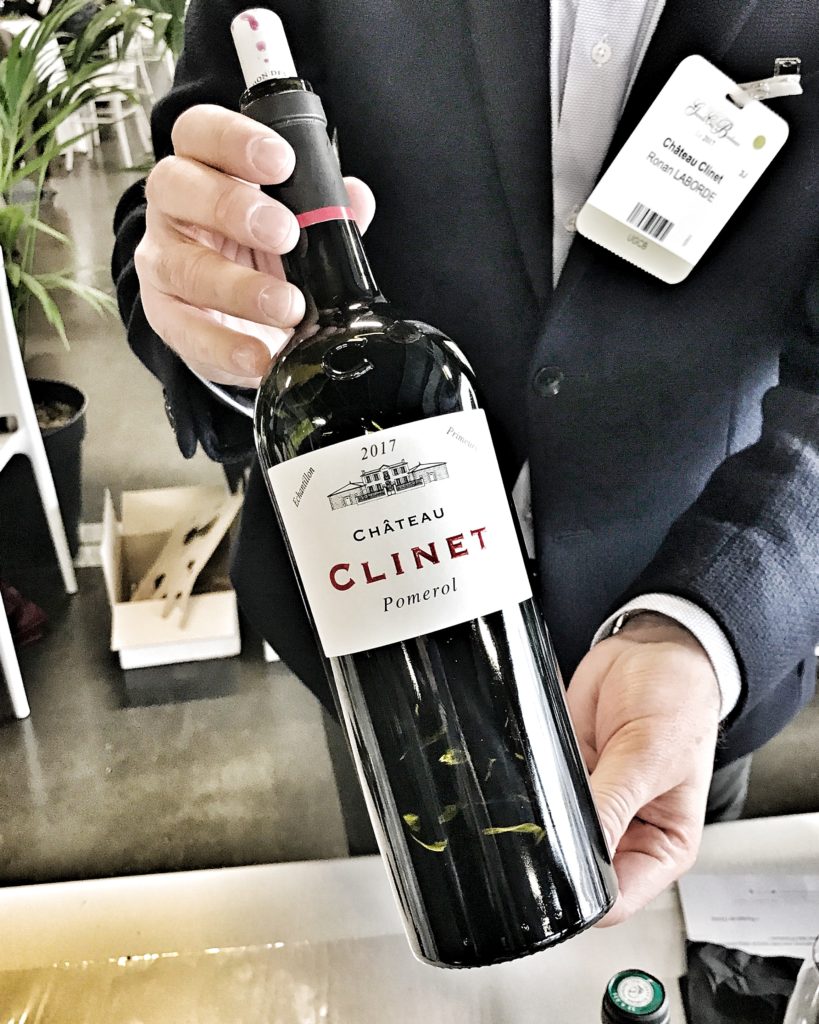
Pomerol
- Château Clinet
- Château Gazin
Exceptional Whites – Bordeaux Blanc Excels in 2017
- Château Smith Haut Lafitte Blanc (Pessac–Léognan)
- Château Pape Clément Blanc (Pessac–Léognan)
- Château Latour Martillac Blanc (Pessac–Léognan)
- Domaine de Chevalier Blanc (Pessac–Léognan)
- Château Carbonnieux (Pessac–Léognan)
- Château Mouton Rothschild Aile d’Argent
*Disclaimer: I visited Bordeaux on an all-expenses paid trip, hosted by Millesima, as the recipient of their 2018 Wine Reporting Award. All thoughts and opinions expressed are entirely my own.

I love the fermented fruit news letter BN keep me updated
Thank you for your continued support and readership, Joseph!
Great post Ryan. Plus, I am so impressed you got it written and published already! I am hoping to get one done this weekend for next week! It truly was an incredible experience and I am so happy I got to experience it with you
Thanks, Lori! It was great to spend such an incredible week with you in Bordeaux. I don’t think it’s one we will soon forget. I very much look forward to reading your post!
Really enjoyed your article and now have a little clearer understanding of the region and the wines. Congrats on a splendid trip!
Thanks so much, Allison. I’m glad you enjoyed the article and I appreciate your taking the time to read it. Cheers!
Great post Ryan and your pictures are always amazing!!
Thanks so much for your kind words, and for taking the time to read my article! Cheers!
Delightfully as a good glass of wine the reading of your post , I love your writing’s style . Keep going Ryan .
Thanks so much, Mario! Cheers my friend!
Enjoyed your article Ryan. Attended a Pessac-Léognan en primeur this year too and had similar notes, including Château d’Aix, who produced a very worthy rouge. With the thousands of wineries in Bordeaux, I’m sure there are other nice 2017 out there. Next time we’ll have to aim for tasting more!
Thank you, Lynn! I wish we had time to taste more wines, but we were on a tight schedule. I would have liked to spend some time tasting the lesser known appellations but hopefully next time…
I tasted a handful of 17s while I was in Bordeaux for Panorama Primeur 2016. The ones i samples were good but you are right, inconsistent is the vintage description. I know some Chateaux lost their entire crop. Hopefully 18 will be a kinder year. Sound like you learned a lot and had a great time. Cheers!
Agreed, Michelle. There were fantastic wines produced, but not across the board. I also hope Bordeaux find some relief in 2018. Cheers!
We would like to subscribe to your newsletter.
Great! I will add you to my subscription list. Thanks for your interest!
Pingback: The 2018 Bordeaux Vintage - Powerful Yet Playful - The Fermented Fruit